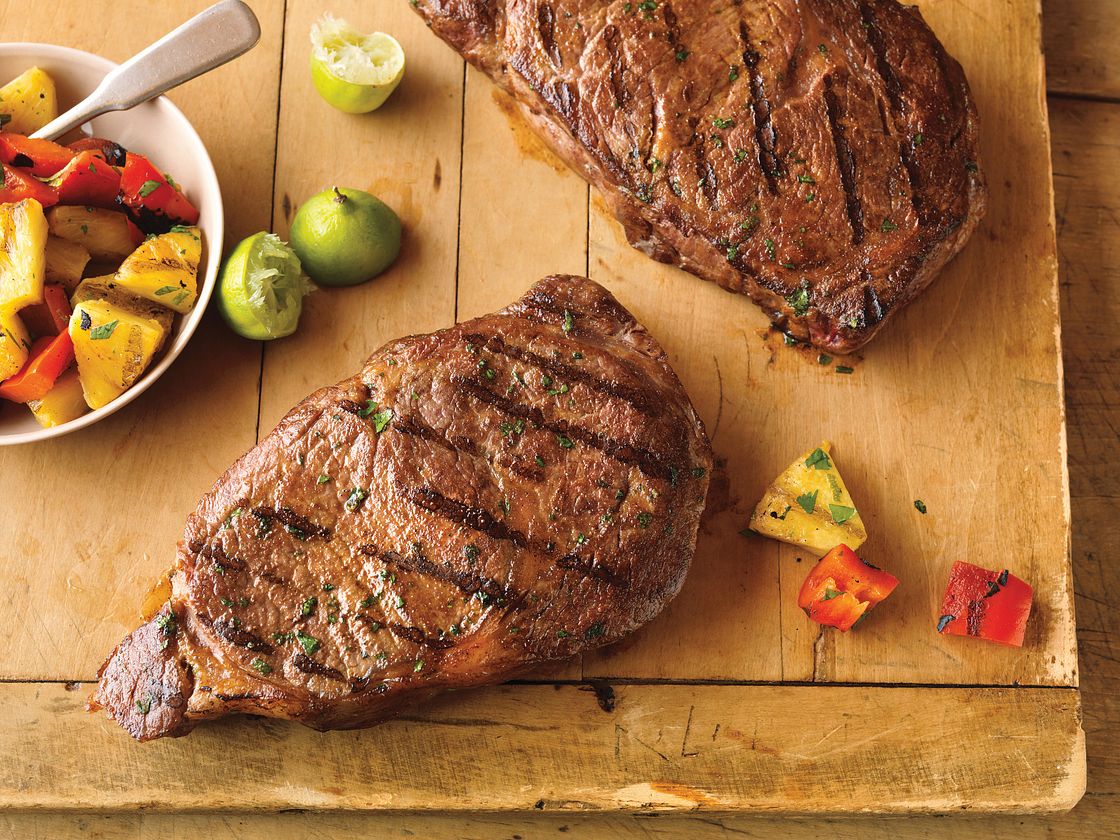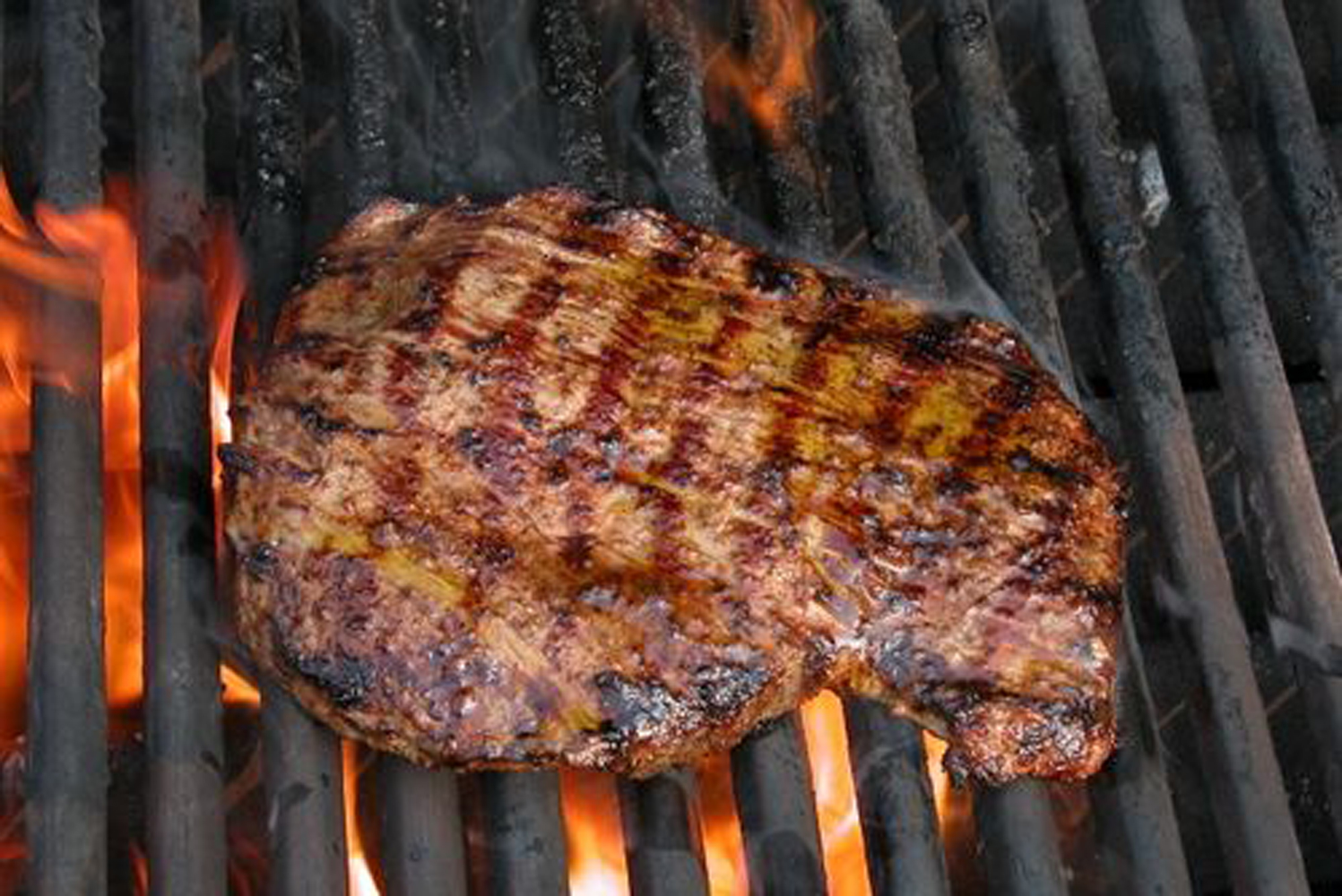Perfecting the Infrared Reverse Seared Rotisserie Prime Rib
Written By James Morgan
For barbecue enthusiasts and curious home cooks alike, diving into the art of the Infrared Reverse Seared Rotisserie Prime Rib Recipe is not just about cooking a meal, but about creating a culinary masterpiece that will impress even the most discerning palate. The key to achieving this heavenly dish lies in understanding the nuances of both the infrared cooking method and the reverse searing technique. These methods ensure a perfectly cooked prime rib that's juicy on the inside with a mouth-watering crust on the outside.

Understanding the Infrared Heat and Reverse Searing Technique
The infrared cooking method employs a special burner that emits intense heat, rapidly searing the surface of the meat to lock in flavors and juices. This technique is highly popular for its ability to produce a delectably crunchy exterior without drying out the inside. Meanwhile, reverse searing, a method that involves first slow-roasting the meat at a low temperature before finishing it with a high-temperature sear, is particularly effective when paired with the infrared technique. This combination allows for precise control over both the exterior crust and the internal temperature, resulting in prime rib that's cooked to perfection every time.
Additionally, utilizing a rotisserie adds an element of even heat distribution, slowly spinning the meat so that it cooks uniformly. This ensures that each bite is as tender and flavorful as the last. For those looking to further delve into cooking techniques, exploring diverse methods such as cooking calamari steak can broaden one's culinary repertoire.
Choosing the Right Prime Rib and Preparing It
Before you even light the grill, selecting a high-quality prime rib is crucial. Look for a cut that's well-marbled, as the streaks of fat throughout the meat help keep it moist and flavorful during cooking. Marbling is key to a rich taste, so don't skimp on quality here. A cut with a fine texture, bright color, and ample fat is ideal. Once you've picked the perfect rib, the preparation process begins by seasoning the meat liberally with salt and pepper, or consider using a blend of spices if you prefer. Allow the seasoning to penetrate the meat by letting it rest at room temperature for at least an hour before cooking.
Resting is a step often overlooked but is necessary for ensuring that the meat's moisture is evenly distributed when cooking begins. As with preparing any steak, such as a Delmonico steak, adequate seasoning and preparation can mean the difference between a mediocre and a magnificent dish.
Gather Your Equipment for Cooking
To make the most of this recipe, gathering the right equipment is essential. A reliable infrared grill capable of maintaining a steady temperature is critical. Additionally, having the right tools at your disposal can simplify the process significantly. A sturdy griddle and sharp knife are invaluable in achieving precise cuts and even cooking. Ensuring you have a quality cutting board is also critical, providing a stable surface that can handle the weight and size of a prime rib efficiently.
Furthermore, having a meat thermometer on hand is advisable to monitor the internal temperature and ensure perfect doneness. For detailed equipment reviews and helpful tips on selecting the perfect tools for your cooking needs, you can visit trusted resources like Kitchn's beef collection.
The Cooking Process: Low and Slow to Sear
Begin by setting your grill for low, indirect heat, as the initial goal is to gently bring the prime rib to an ideal internal temperature without overcooking. Position the rib on the rotisserie spit, ensuring it is well balanced for even rotation. Slowly roast the meat, keeping the grill's lid closed to maintain consistent temperatures and allow the rib to cook through evenly. It typically takes about 2 to 2.5 hours to achieve a medium-rare internal temperature of 130F.
Once the desired internal temperature is reached, remove the rib and allow it to rest. In this stage, as the meat rests, set your infrared burner to high to prepare for the reverse sear. After resting for approximately 20 minutes, return the rib to the grill and sear each side for about two minutes over high heat. This final touch creates the perfect, crispy crust that encases the tender, juicy meat inside.
In addition to perfecting your infrared and reverse searing techniques, exploring similar methods such as cooking bonito fish fillet can enhance your overall grilling skills.
Plating and Enjoying Your Masterpiece
Once the prime rib is adequately rested and seared to perfection, it's time to slice and serve. Utilize a sharp knife and your cutting board to carve the rib into thick, juicy slices. Serve with your favorite accompaniments, such as grilled vegetables, mashed potatoes, or a fresh salad, to create a complete meal that satisfies both the palate and the soul.
Remember to make use of your tools and equipment safely and maintain their performance by using appropriate cleaning products. Quality cookware cleaner and cutting board oil keep your kitchen tools in prime condition, ready for the next culinary adventure.

Conclusion
The Infrared Reverse Seared Rotisserie Prime Rib Recipe is more than just a cooking techniqueit's an expression of artistry and passion in the barbecue world. With the right equipment and a careful approach, transforming a prime rib into an unforgettable meal becomes an attainable endeavor. This method not only enhances the flavor and texture of the meat but also ensures a delightful dining experience for you and your guests. So fire up those grills and embark on the journey to mastering this delicious recipe that will surely become a staple at your barbecue gatherings.
As an Amazon Associate, I earn from qualifying purchases.



